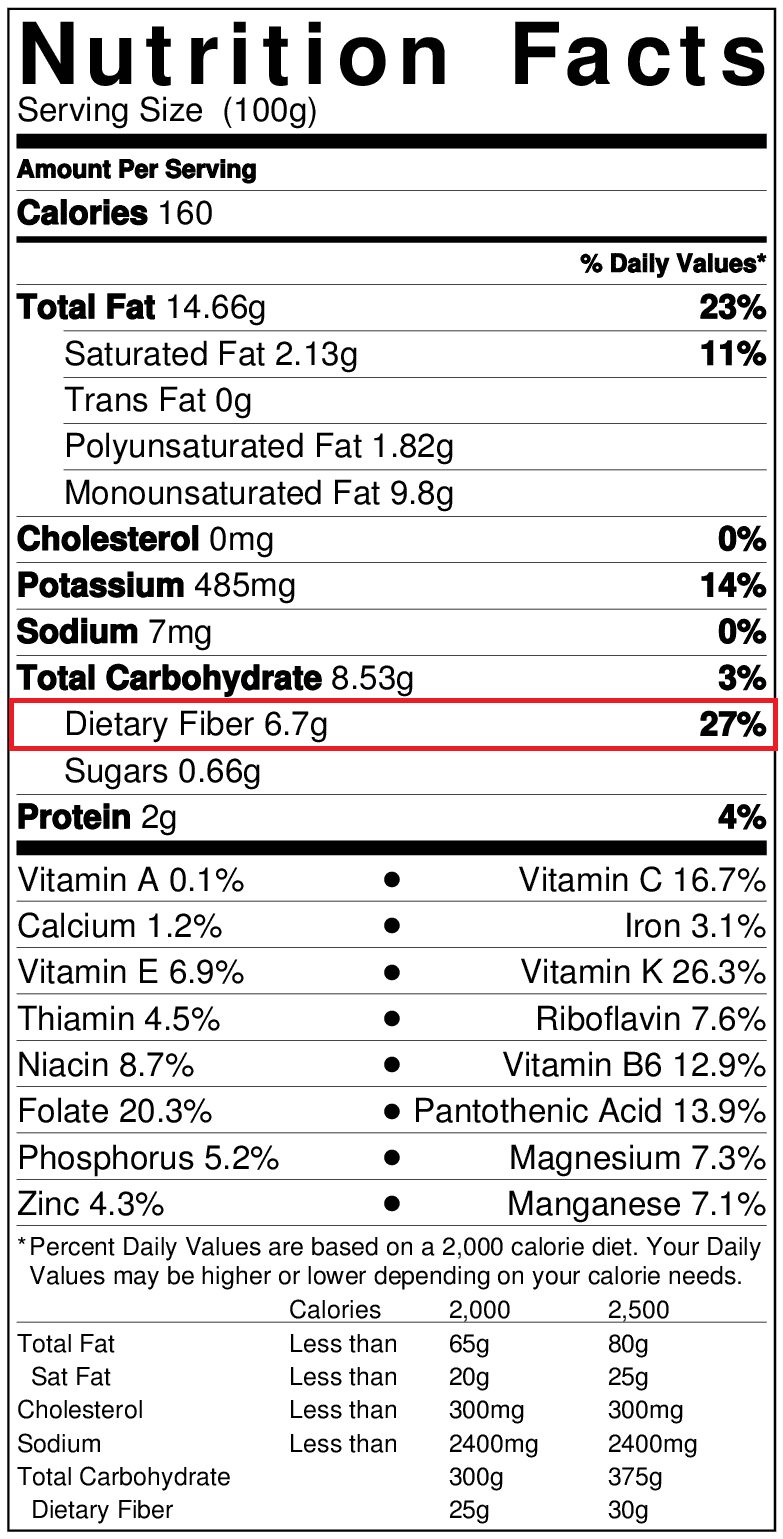Chicory Root Fiber, Inulin, Oligofructose And Fructooligosaccharides (FOS)
Where It Comes From
Inulin is a natural, soluble (dissolves in water) dietary fiber that is primarily derived from chicory root. Chicory is a biennial plant that is also known as succory, hendibeh, blue daisy, blue sandelion, blue weed and coffeeweed.
How It’s Made
Inulin is present in numerous fruits and vegetables and has been consumed by man since ancient times. Chicory root is washed and cut into slices to release inulin. The dissolved inulin is collected in hot water then dried. Inulin is made of strings of one glucose molecule and multiple fructose molecules that have been linked to each other in a way that it cannot be digested. Short chains of inulin are also called oligofructose or fructooligosaccharide (FOS).
How It Helps – Existing Evidence
- Helps to lower blood sugar levels.
- Supports digestive health and helps maintain general health. As a prebiotic, inulin supports the growth of beneficial bacteria in the gut.
- Regulates bowel movements, relieving constipation for many people.
- Helps us eat less naturally, which supports weight management by helping to affect hunger/satiety, gut hormones, longer-term energy intake, weight loss and body fat composition.
- Replaces higher calorie ingredients, helping to reduce the calories in foods that contain inulin, oligofructose or fructooligosaccharides.
- Increases calcium absorption to improve bone mineral density.
- Improves blood lipid parameters including reduced LDL and total cholesterol and improved HDL cholesterol.
How is it processed by the body?
Chicory root inulin is not digestible and it passes through the small intestine unchanged where it is used as food for specific bacteria in your gut.
What types of food is this fiber typically found in?
Chicory root inulin can be found in bakery foods, cereals, dairy products and dairy alternatives, confectionery products, beverages, soups, spreads, sauces, dressings, and ice cream, as well as in infant and healthcare nutrition products. Look for names such as inulin, inulin from chicory, ´chicory root inulin´, ‘chicory fiber’, ‘chicory root fiber’, ‘chicory root extract’, ‘oligofructose’, ‘fructooligosaccharides’ or ‘FOS’ on the ingredient label if you are interested in increasing your intake of this fiber.
Recommended Daily Intake
“Of the under-consumed nutrients, calcium, potassium, dietary fiber, and vitamin D are considered nutrients of public health concern because low intakes are associated with health concerns.” – Dietary Guidelines for American 2015-2020 (8th edition).
In the United States, the recommended dietary fiber intake is 14g/1,000 kcal. For an average adult, this means a daily intake of 25g (female) or 38g (male). Most Americans only consume about half of the recommended intake (13.5 and 18g, respectively). This shortage in our diet is called the fiber gap.
To reach the recommended fiber intake without fiber-enriched foods, most Americans would need to increase their calorie intake by more than 500 calories per day. But meeting fiber requirements doesn’t have to mean adding calories if fiber enriched foods are consumed.
Fiber-enriched foods help bridge the fiber gap while delivering excellent taste and additional metabolic benefits. The overall diet should have a mix of various fiber types.
Consuming a Variety of Fibers
Although most fibers will have more than one health-related effect, no one fiber can produce every potential health benefit. To maximize the health benefits of fiber, it is important to consume a variety of fibers.
Fibers can be found in many different foods. The amount of fiber per serving can easily be found by looking at the Nutrition Facts Panel for the Dietary Fiber line.
Chicory root fiber’s science-based caloric value is 1 to 1.5 calories per gram. For food labelling purposes a common value of 2 calories per gram is applied to all soluble fibers. These minor differences in calorie values should not deter consumers from trying to consume the recommended daily intake of fibers.

Additionally, the fiber content in foods like raw fruits and vegetables that do not have a nutrition label can be found here.
Lastly, fiber supplements can often be found in the dietary supplement aisle close to the probiotics and multi-vitamin supplements.
Gastrointestinal Tolerance
Increasing fiber intake suddenly, particularly in individuals consuming a low fiber diet, may result in gastrointestinal effects, such as an increased number of stools per week, having softer stools (but not diarrhea) or having increased flatulence. These natural effects are due to either bulking effects or due to the fermentation of fiber in the gastrointestinal tract. These potential effects can be minimized by increasing fiber intake more gradually to allow the gastrointestinal tract to adapt. Thus, it may be helpful to decrease fiber intake until these feelings subside and then gradually increase fiber intake.


